FETCi partnered with AAEON to create a cutting-edge AI Automatic License Plate Recognition system. This solution overcomes traditional ALPR limitations through edge computing, multimodal sensors, and proprietary AI models.
Traditional ALPR Challenges
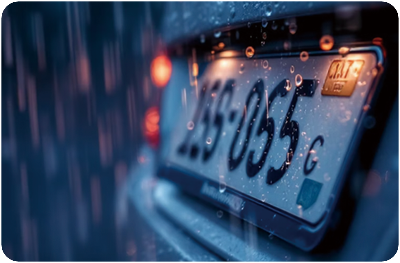
Environmental Factors
Heavy rain, fog, and poor visibility reduce image quality and accuracy.
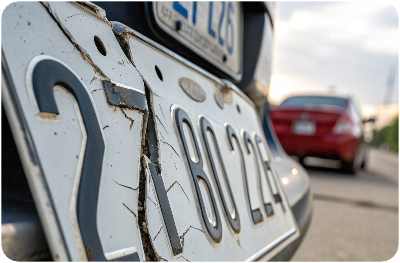
Human Factors
Cloned plates, distorted numbers, and vehicle speed affect readings.
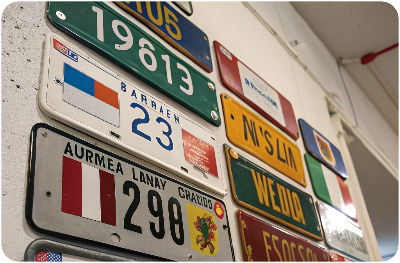
Regional Differences
License plate designs vary globally, with some using color as identifiers.
The AI-ALPR Solution
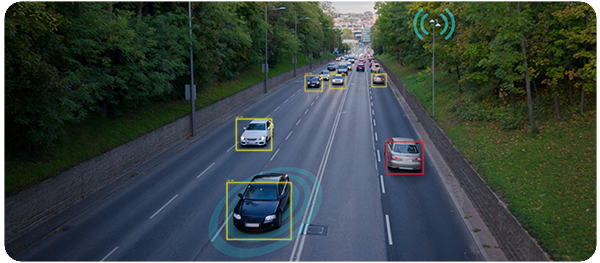
Advanced Recognition
FETCi’s system processes secondary data like vehicle make, model, color, and axle details.
AI algorithms overcome environmental challenges that stump traditional systems.
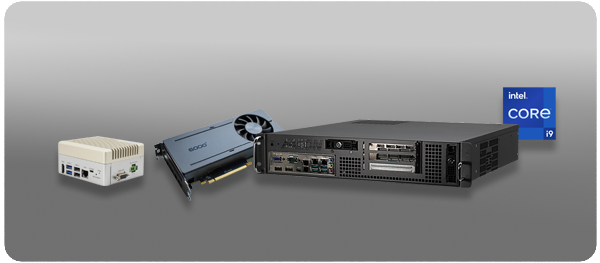
Two-Pronged Approach
AAEON's MAXER-2100 AI Inference Server with NVIDIA RTX 6000 Ada GPU.
BOXER-8621AI system-on-module with NVIDIA Jetson Orin Nano.
Key Hardware Components
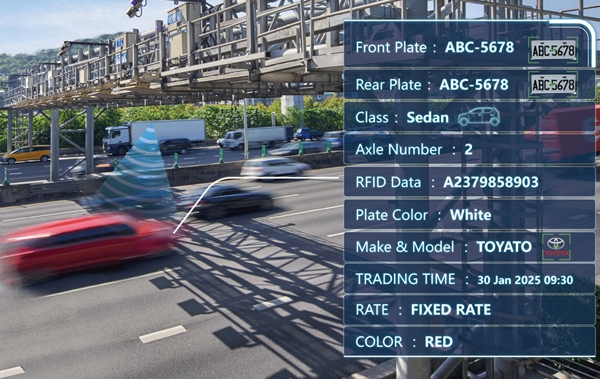
Credit: FETCi
MAXER-2100
High-performance AI inference with NVIDIA RTX 6000 Ada GPUBOXER-8621AI
Edge computing with NVIDIA Jetson Orin NanoFETCi Camera
High-resolution image captureSystem Workflow

Image Capture
FETCi camera on BOXER-8621AI captures high-resolution images.
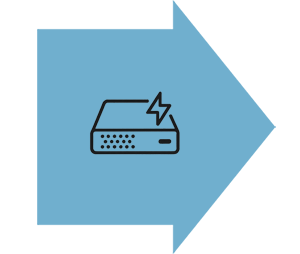
Edge Processing
Jetson Orin Nano runs initial AI models for plate detection and OCR.

Advanced Analysis
MAXER-2100 processes data from multiple sensors including RFID and LiDAR.

Secure Transmission
Results sent to authorities via LAN or wireless with TPM 2.0 security.
AI Capabilities
Geometric Modalities
Depth estimation and object orientation analysisRecord Comparison
Matching against millions of vehicle records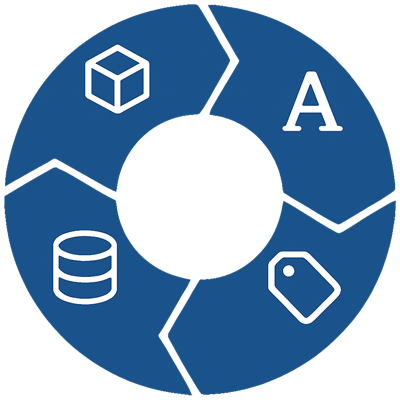
Text Recognition
Advanced OCR for plate number identificationMetadata Tagging
Vehicle make, model, and color identificationGlobal Deployment
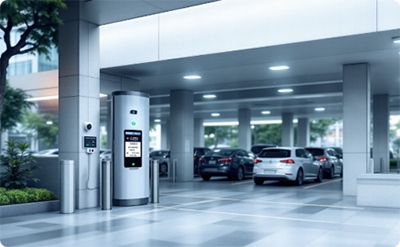
Taiwan
Deployed in over 2,400 parking lots across the island.
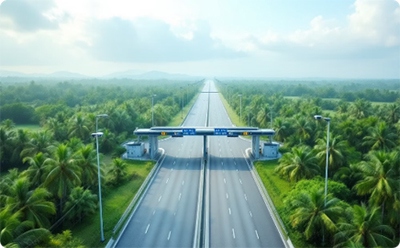
Thailand
Highway tolling systems with color-based plate recognition.

India & Malaysia
Advanced highway monitoring and border control applications.
Impressive Results

Reduced Manual Review
Less human intervention needed compared to traditional systems.

Fewer Billing Errors
Dramatic improvement in billing accuracy for tolls and parking.

Recognition Accuracy
Near-perfect identification rate in various conditions.
